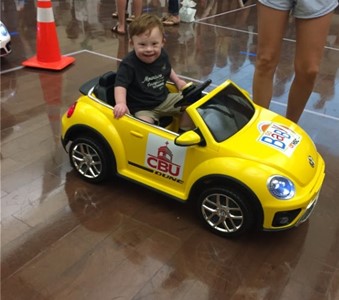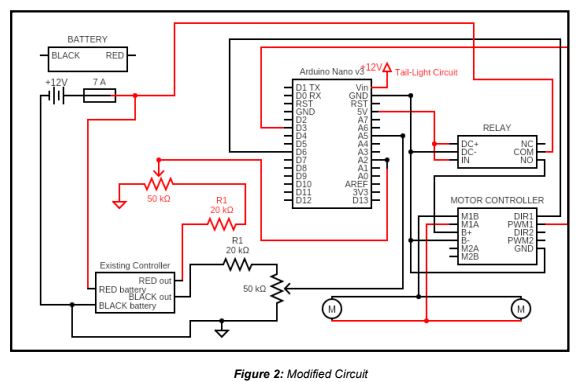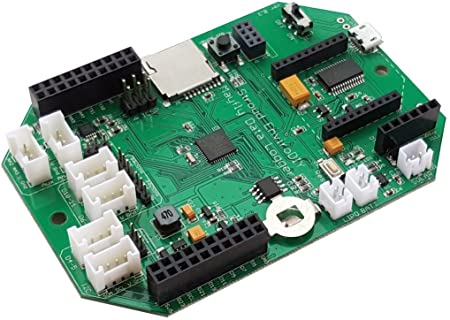Background
Independent mobility is important, especially for young children. It aids in developing not only motor skills, but also cognitive, language, and social skills. However, children with limited mobility often experience delays in these areas. To address this issue, Dr. Cole Galloway founded Go Baby Go in 2012. Go Baby Go (GBG) is a community-based research and design project that focuses on affording children with limited mobility a means to engage in their everyday activities like their peers without physical limitations.














